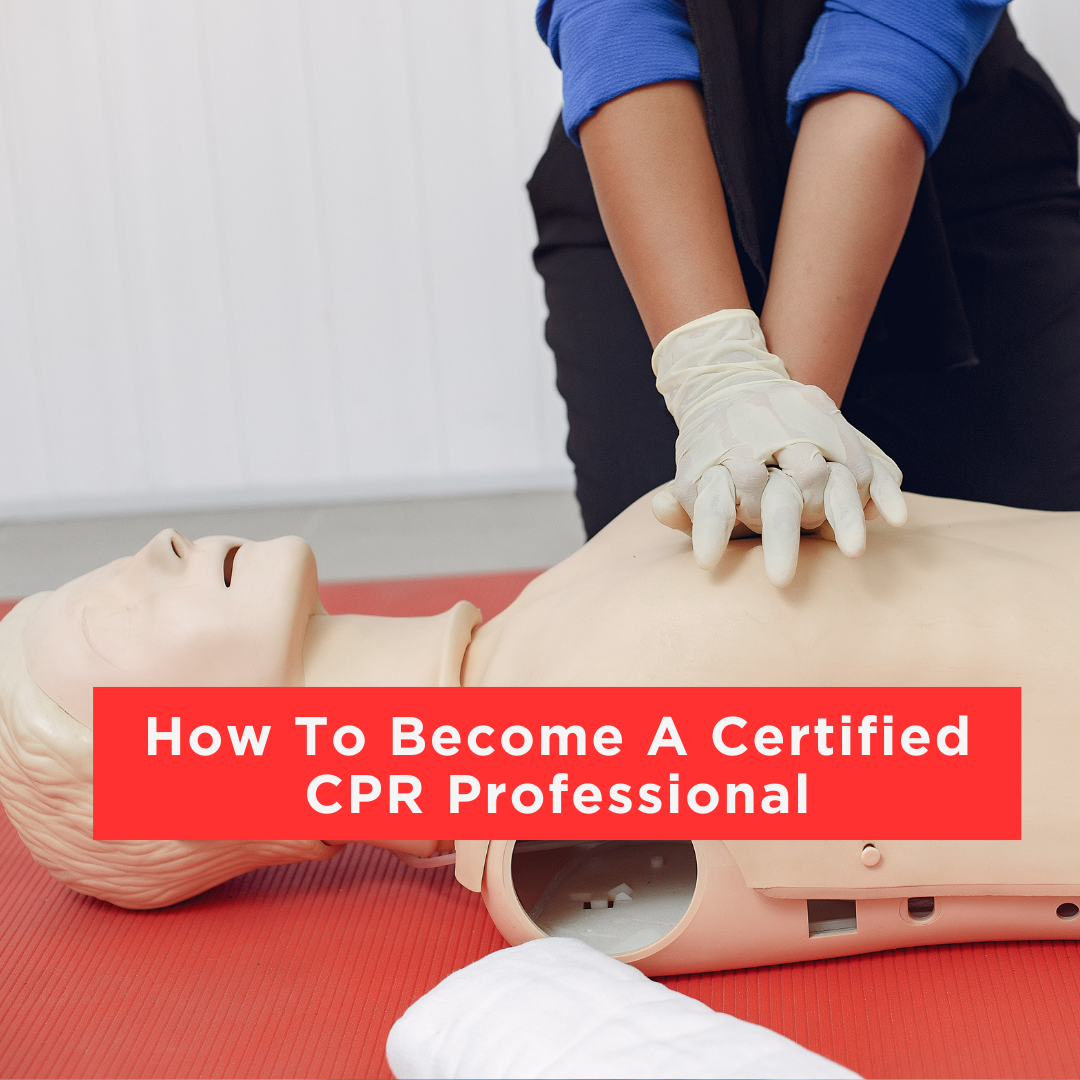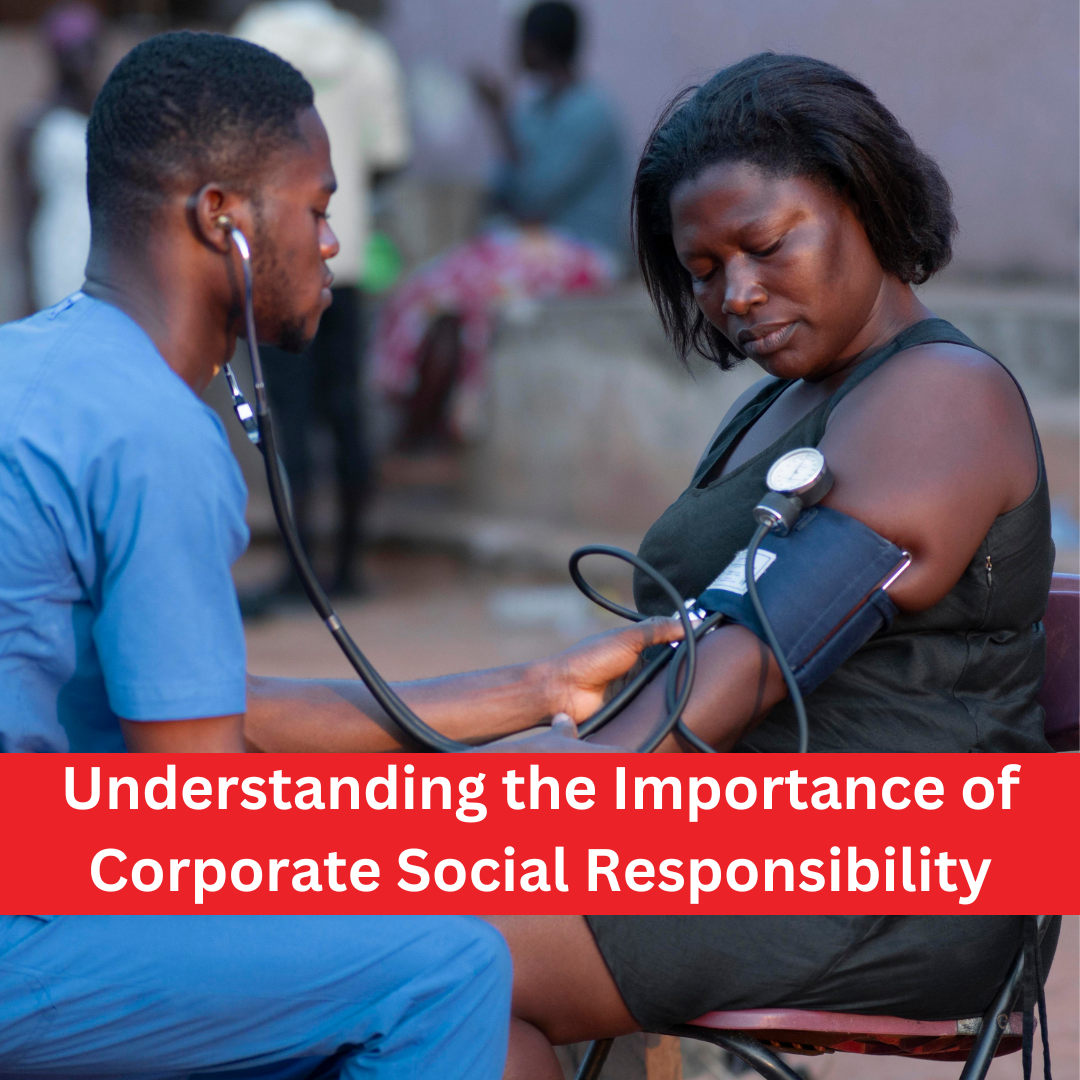Whether you are a medical professional, a parent, a teacher, or an individual, understanding CPR holds the power to making a life-or-death difference. Being able to act quickly and efficiently when emergencies occur can be a real game-changer. Cardiopulmonary Resuscitation, commonly known as CPR, stands as one of the most critical life-saving techniques anyone can learn.
A significant practice that has the potential to restore life when it hangs in the balance, CPR is a series of techniques designed to sustain blood flow to vital organs and facilitate breathing when an individual’s heart has stopped beating or is unable to circulate blood effectively. CPR acquisition serves as a crucial time frame until advanced medical assistance reaches the patient, substantially increasing the likelihood of survival.
From sudden cardiac arrests to drowning incidents, accidents at home to unforeseen medical events, the situations demanding CPR expertise can vary widely. This is where becoming a certified CPR professional steps into the spotlight. CPR certification is the process of acquiring the knowledge and skills necessary to provide immediate, effective assistance during emergencies. It is not just about learning a set of techniques; it is about becoming a lifeline for someone in distress.
Getting CPR certified has numerous benefits, including:
1. Saving Lives: CPR certification gives you the skills to save someone’s life in the event of an emergency. According to the American Heart Association, for every minute that passes without CPR and defibrillation with an AED, a cardiac arrest victim’s chances of survival decrease between 7-10%.
2. Empowerment: CPR certification brings empowerment, knowledge, a higher survival rate, and respect from friends, family, and colleagues. With your CPR certification, those around you will trust and rely on you in an emergency, making you feel important and responsible.
3. Positive Work Environment: CPR training can create a positive work environment by building teamwork and camaraderie among employees. It can also increase safety awareness, leading to a greater respect for health and safety protocols.
Related post: Why is cpr training essential in the workplace
4. Lifelong Skill: CPR certification is a lifelong skill that can be used in many areas in your life. It is no longer a medical profession-only course, and people from all walks of life can obtain CPR certification so they can respond to an emergency.
5. Increased Survival Rate: Performing CPR can preserve brain function during cardiac arrest. CPR enables lifesavers to supply oxygen to the brain, increasing the chance to keep blood flowing to keep vital organs alive. The possibility of the survival of a person rises upon undergoing lifesaving courses, as the CPR training can prove to be life-saving. It significantly reduces the risk of a person suffering damage to their heart, brain, and other vital organs.
Who Should Seek CPR Certification?
The answer is everyone. While medical professionals are naturally inclined to undergo CPR training, CPR certification holds immense value for individuals across all walks of life. Parents, teachers, caregivers, fitness instructors, office workers, and bystanders–each can find themselves in a situation where CPR skills become a necessity. CPR certification empowers you to be a pillar of strength when someone’s life is hanging in the balance, providing you with an opportunity to save a life and become a hero.
Steps To Becoming A Certified CPR Professional
Taking the initiative to sign up for a CPR certification course is an admirable step towards acquiring the skills to potentially rescue lives in exigent circumstances. The process of enrolling is straightforward, with a range of course options catering to different preferences and schedules.
Find the Right Training Provider- The first thing to do is to start by researching and identifying accredited organizations or institutions that offer CPR certification courses. Look for providers with a track record of delivering high-quality training and recognized certifications on either Basic Life Support (BLS) techniques or Automated External Defibrillators (AEDs). Make sure the program you are selecting is accredited by recognized bodies.
Select The Course/Class That Suits Your Needs- CPR certification courses come in various formats to accommodate diverse learning preferences. Two primary options include in-person classes and online courses. While the in-person CPR classes are conducted on-site, often in a classroom setting to offer hands-on practice with CPR mannequins and direct interaction with experienced instructors, Online CPR courses can be accessed from the comfort of your home or any location with an internet connection, providing interactive modules, instructional videos, and quizzes to reinforce learning.
It is important to note that different organizations may have slightly different processes and requirements for CPR certification. Therefore, it is advisable to check the specific guidelines provided by the organization offering the course.
Select a CPR Course That Meets Your Job Requirements/Workplace Regulations- When choosing a CPR course, make sure it covers the specific skills and techniques relevant to your field. An accredited course tailored to your profession will equip you with the knowledge and confidence needed to respond effectively in your unique work environment. Certain industries, such as healthcare, construction, and hospitality, have specific guidelines regarding CPR certification for employees. By choosing an accredited CPR course that meets these workplace regulations, you not only contribute to a safer work environment, but also position yourself as a valuable asset to your employer.
Complete The Course and Pass the Exam– After completing your chosen CPR certification class or course, the next crucial step is to pass the certification exam. This exam validates your understanding of the CPR techniques you’ve learned, ensuring that you’re equipped to respond effectively during emergencies. Once you’ve passed the exam and earned your CPR certification, it’s important to maintain it over time.
Becoming a certified CPR (Cardiopulmonary Resuscitation) professional is a vital step toward equipping yourself with the skills needed to save lives during emergencies. Whether you’re a healthcare worker, a concerned citizen, or looking to enhance your career prospects, CPR certification can open doors to various opportunities. By choosing the right training program and committing to mastering CPR techniques, you’re not just gaining a certification–you’re gaining the ability to make a real difference in the world.
Medbury Corporate and Occupational Health, an arm of Medbury Healthcare, offers comprehensive training in Basic Life Support and CPR, preparing individuals to handle cardiac emergencies and become certified CPR professionals. The training programs are specifically structured to equip the participants with the requisite knowledge and skills to respond competently to cardiac emergencies in a variety of environments, including workplaces, schools, and public spaces. In addition, Medbury Corporate and Occupational Health ensures that the attendees receive practical training and support from qualified instructors, thereby enhancing their confidence and competence in executing life-saving techniques.
Related post: Emergency preparedness: why you need to equip your workforce with safety training
Take the first step towards becoming a certified CPR professional and embark on a journey of learning, growth, and life-saving impact.








No Comments